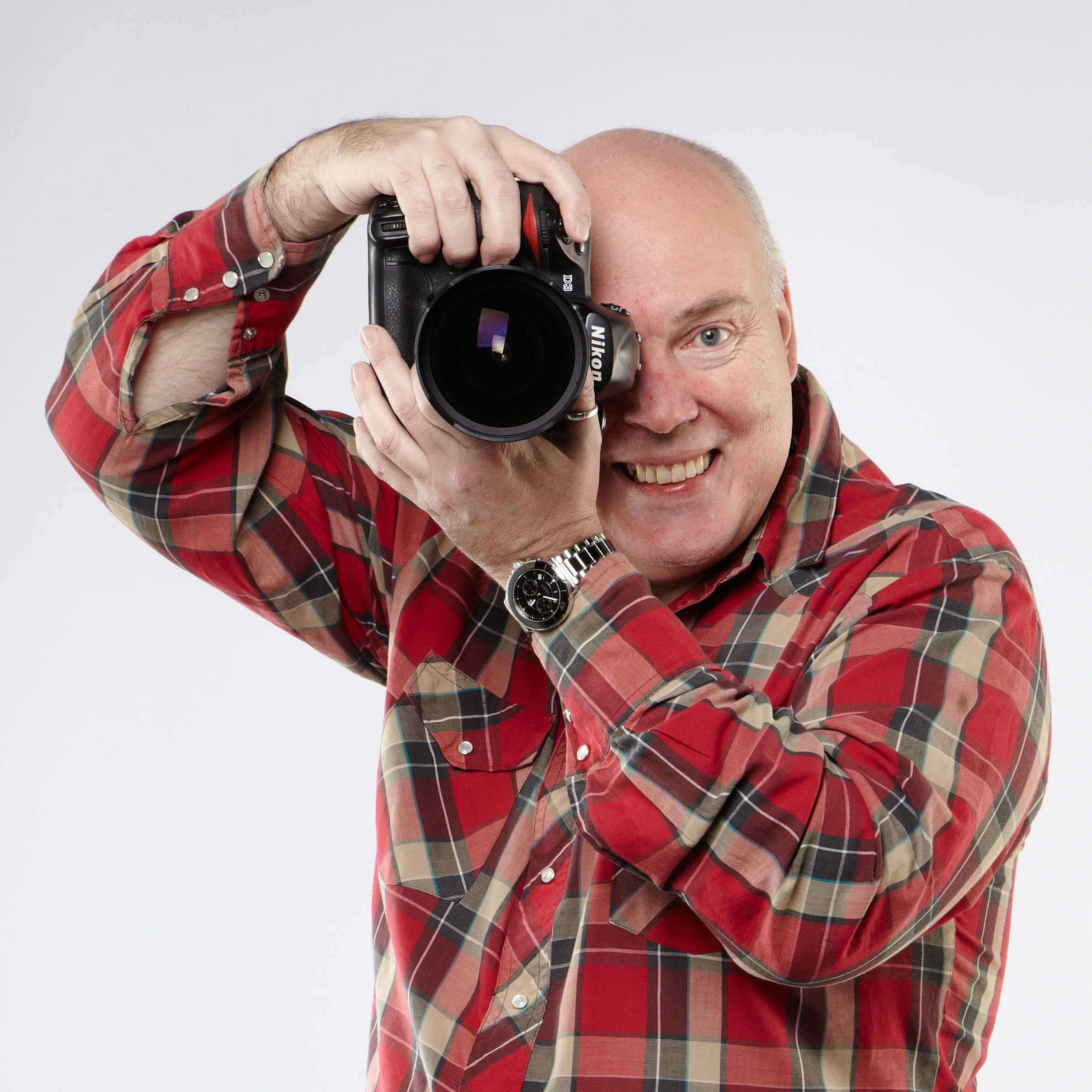The best solar filters for your camera in 2025: photograph the sun safely
A special super-strength neutral density for your camera is an essential purchase if you want to photograph the sun or a solar eclipse
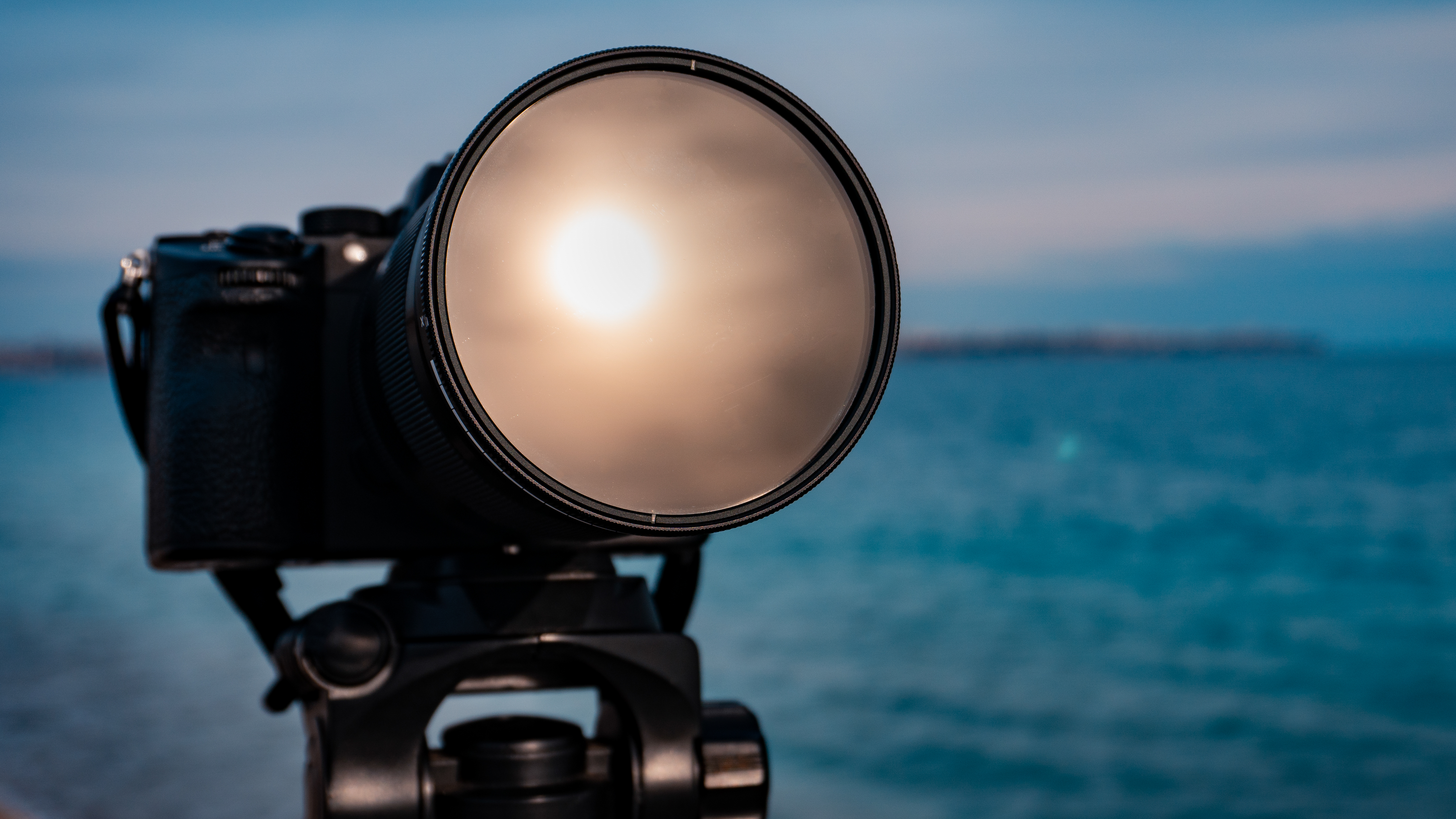
Millions in people in North America enjoyed seeing a super-rare total solar eclipse in 2024, which could be viewed in 15 US States, and parts of Mexico and Canada.
The next total eclipse in the USA will not arrive for another 20 years, but there are solar eclipses around the world before then. On March 29, 2025, there will be a partial solar eclipse that will be visible from some parts of North America - with an 80% eclipse possible in Maine, New Brunswick or Quebec. This eclipse will also be visible from the UK and parts of Europe. This website gives good details on how much of the sun will be eclipsed in different locations.
Another partial solar eclipse will be visible from New Zealand and some parts of Australia on September 21, 2025 (see details).
The next total solar eclipse will occur on August 12, 2026 and will be visible in Greenland, Iceland, Spain, Russia, and the north-easterly tip of Portugal (see details).
But whenever you photograph the sun, you need a proper filter.
Low-cost sunglasses are available for viewing, but if you want to photograph the a total or partial eclipse you need a special filter to put over your camera's lens or over the objective lens of your telescope.
The standard ND filter you use for shooting waterfalls and seascapes is not strong enough. Typically you need a neutral density filter with an optical density of 5 or more - that reduces exposure by at least 16 stops.
Here are some of the options available:
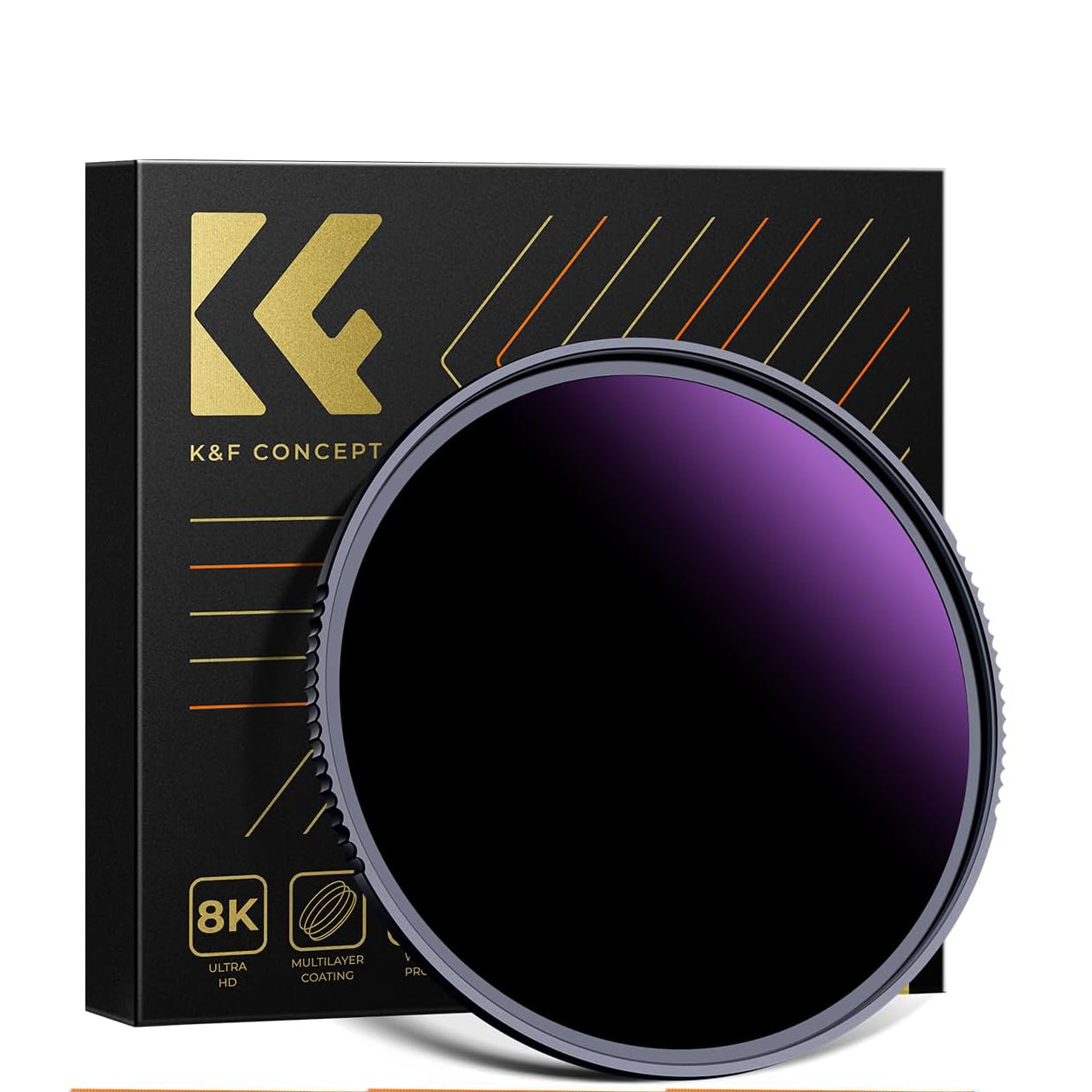
Light reduction: 20 stops
Sizes: 49, 52, 55, 58, 62, 67, 72, 77, 82, 95mm
K&F are a well-know low-cost brand of photo filters, and it has brought out a super ND filter that reduces exposure when looking at the sun by 20 stops. We like how it is available in such a wider variety of sizes, to suit the front filter thread of practically any lens you own.
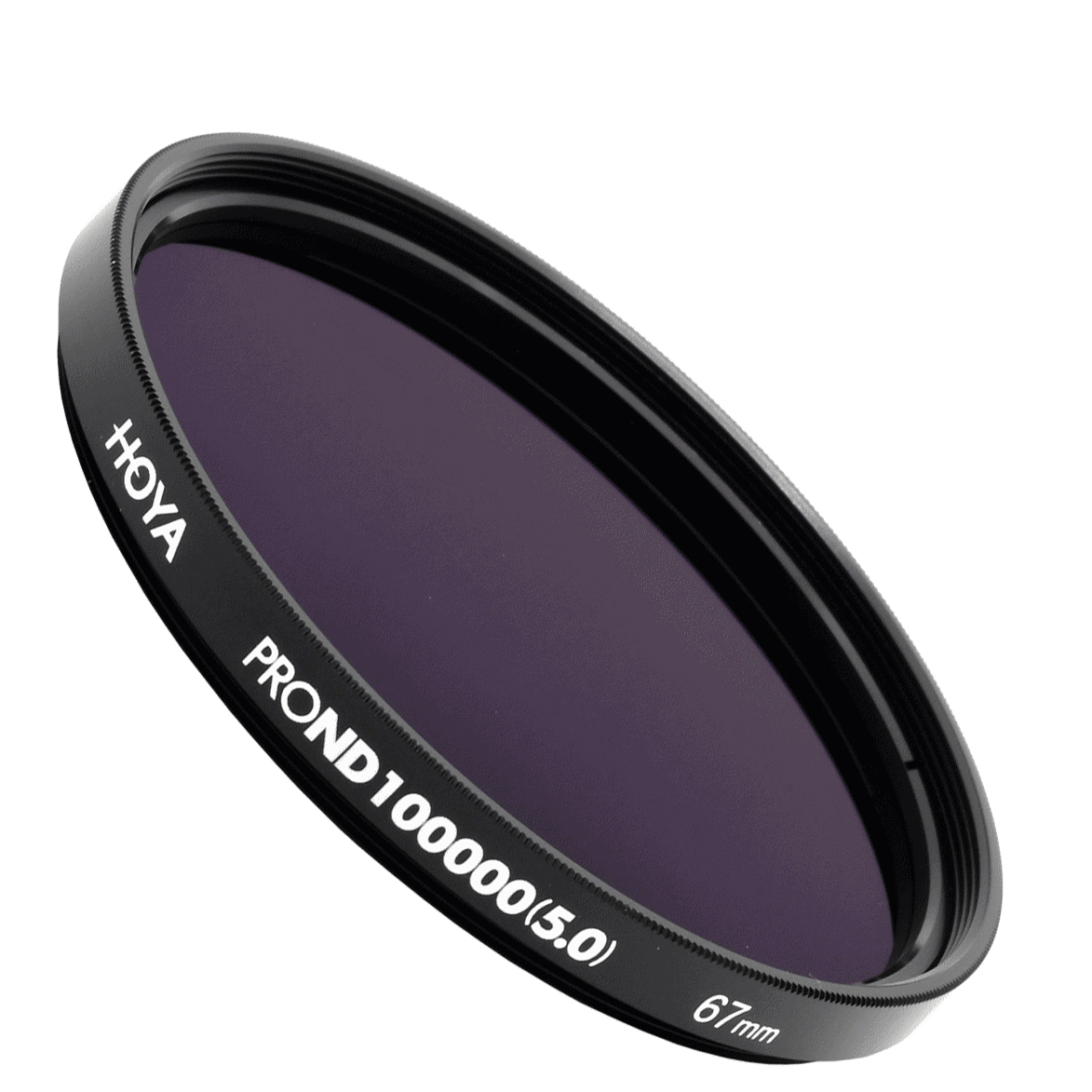
Light reduction: 16.6 stops
Sizes: 58, 67, 72, 77, 82, 95mm
Hoya are one of the best-known filter brands around - and has become synonymous with round screw-in filters of all types. The range of sizes available are restricted to just the most popular filter thread sizes - so make sure there is an option that works with the lens you will be using on your camera.
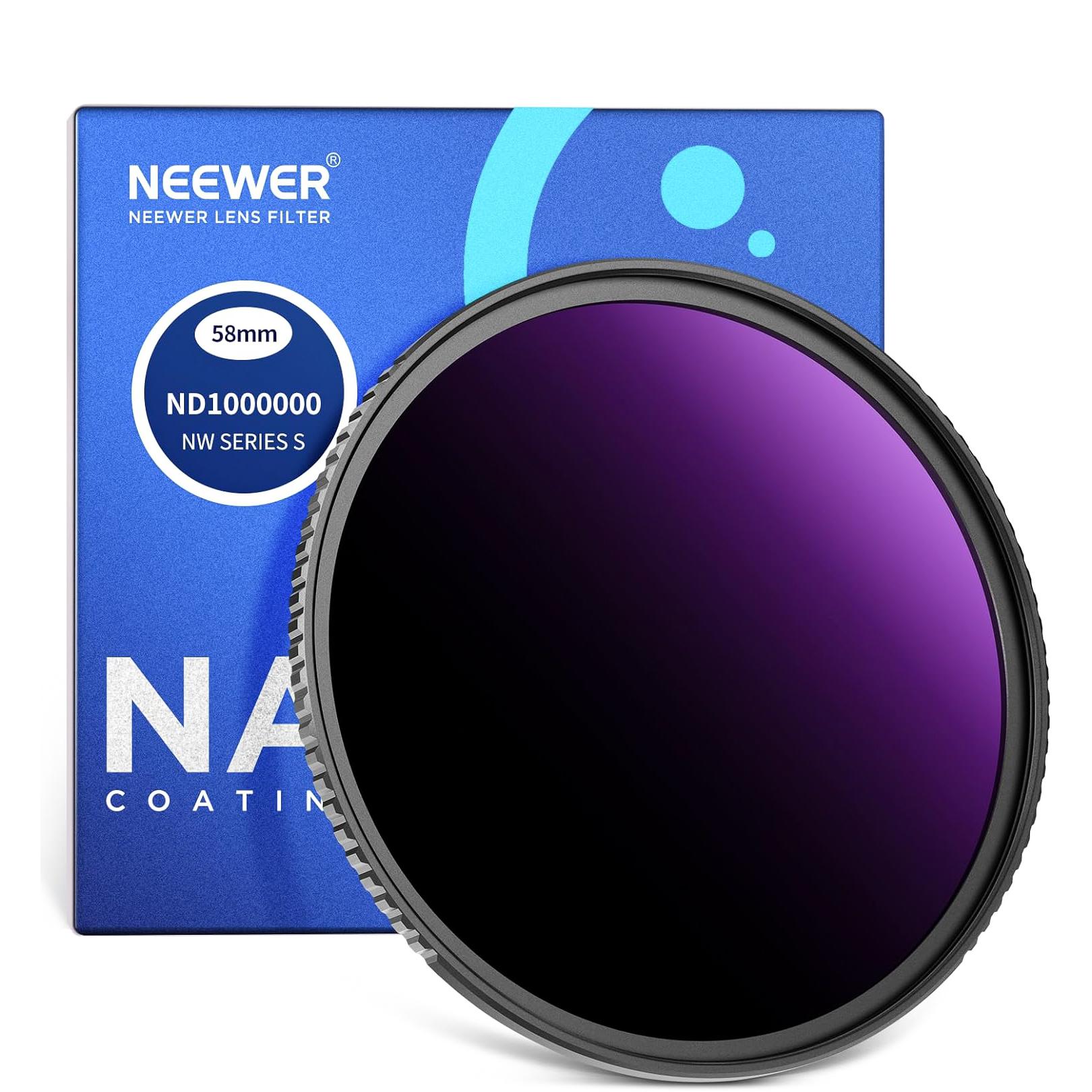
Light reduction: 20 stops
Sizes: 49, 52, 55, 58, 62, 67, 72, 77, 82, 86, 95mm
Neewer is well-known for its vast and affordable photo and video accessories. Its solar filter, like K&F's, offers a 20-stop neutral density effect - and is available in a particularly impressive range of filter ring sizes.
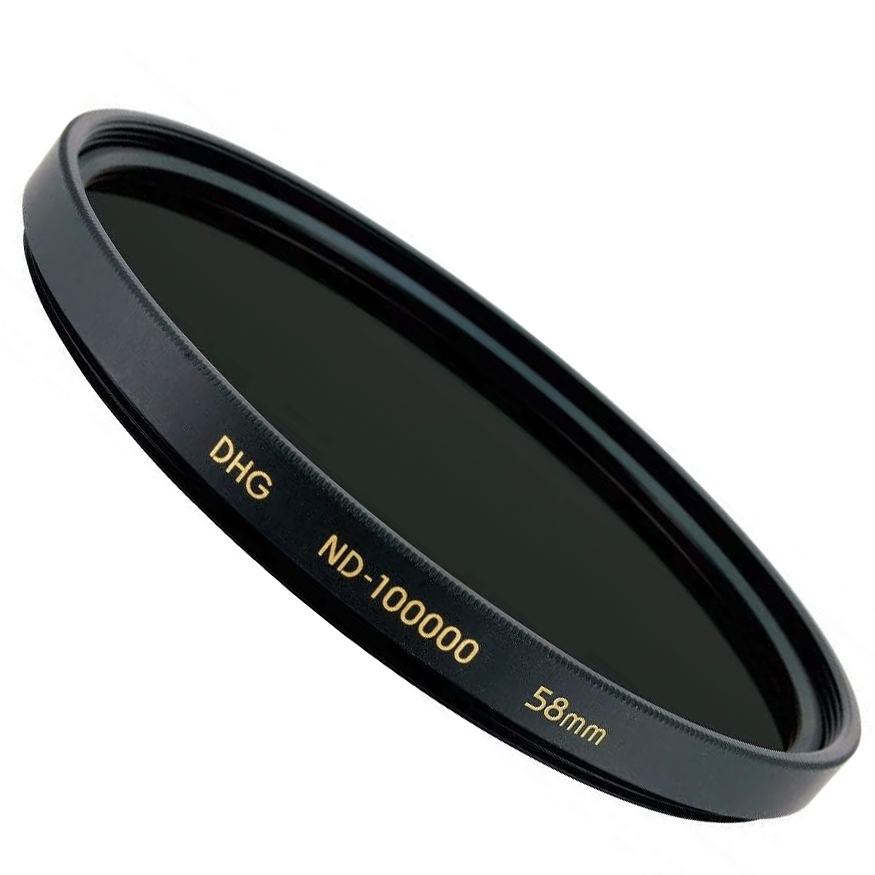
Light reduction: 16.6 stops
Sizes: 58, 77, 95mm
Another established filter brand, offering a solar filter with an optical density of 5 - which will reduce exposure by 16.6 stops when photographing the sun. The number of filter sizes seems severely limited though - so this Japanese-made option won't work for lots of photographers.
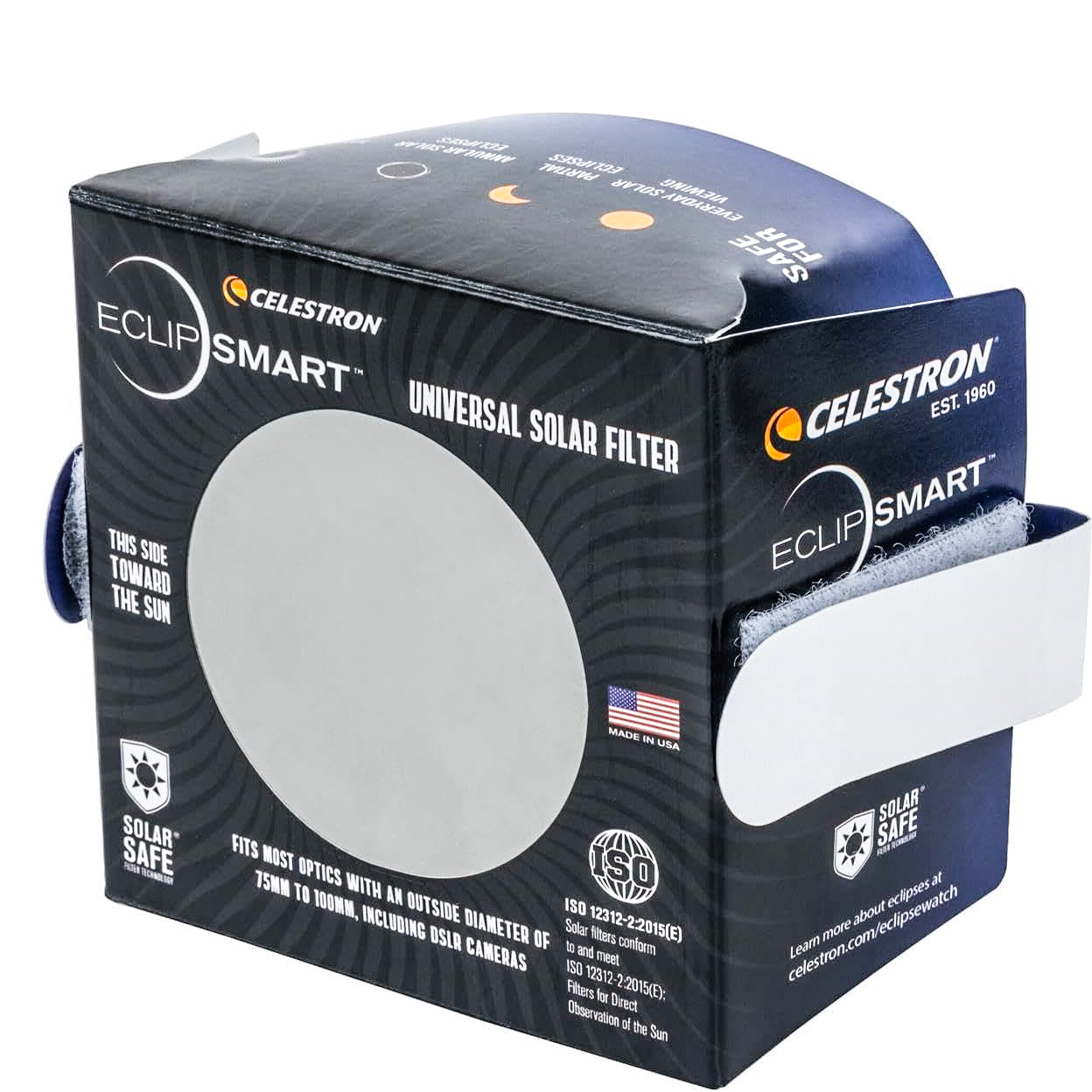
Light reduction: Unknown
Sizes: Fixed (75-100mm)
Telescope manufacturer Celestron offers a simple not-fuss solar filter solution. This is essentially a five-sided box that fits over the front of the telescope - or over the front of your camera lenses. They say it works for lenses with a diameter between 75-100mm - with a circular opening made of film measuring 60mm across.
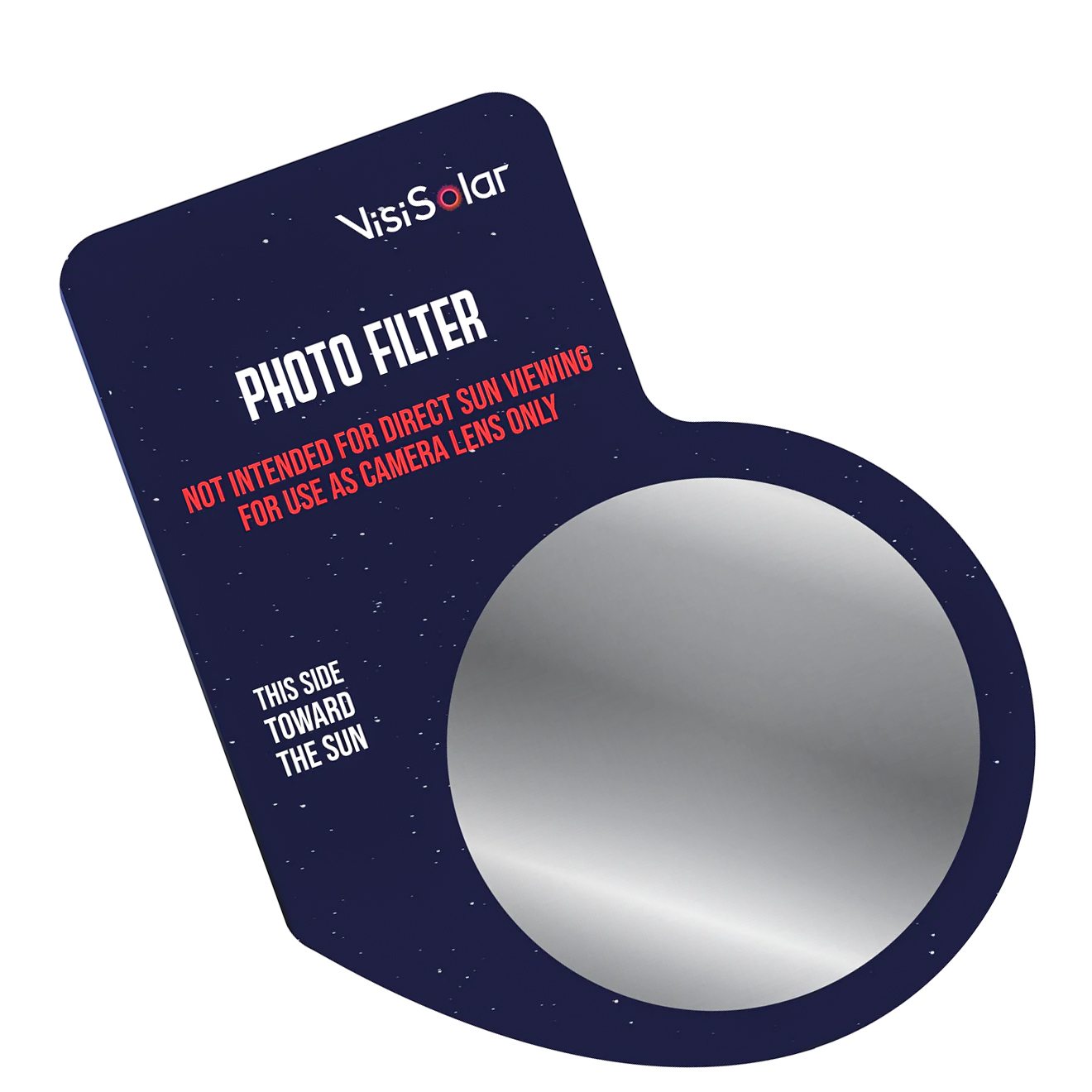
Light reduction: Unknown
Sizes: Fixed
Want to use your phone to take pictures of the eclipse? This simple option provides a cardboard frame with a circular cut out of protective film to shoot through. You can buy these in packs of one, two or five filters, so you can get one for family and friend. NB You shouldn't use this for direct viewing - as it is not a safe substitute for proper eclipse glasses.
Helpful information
How to stay safe
The Sun’s infrared and ultraviolet rays are incredibly dangerous. At no point should you look at the sun directly with You must use solar eclipse glasses to look at this event and put solar filters on the front of any telescope, binoculars or camera lens. Don’t look through your camera’s optical viewfinder; use the LCD screen. This advice holds true for a partial eclipse, a ring of fire eclipse, or for the lead-up stages of a total eclipse. During the brief period of totality, when the whole of the sun is covered by the moon's shadow, you should take the filter off to take images, as the earth at this point will be in near darkness.
How to stay safe
The Sun’s infrared and ultraviolet rays are incredibly dangerous. At no point should you look at the sun directly with You must use solar eclipse glasses to look at this event and put solar filters on the front of any telescope, binoculars or camera lens. Don’t look through your camera’s optical viewfinder if you are using a DSLR; use the LCD live view screen.
This advice holds true for a partial eclipse, a ring of fire eclipse, or for the lead-up stages of a total eclipse. Howver, during the brief period of totality, when the whole of the sun is covered by the moon's shadow, you should take the filter off to take images, as the earth at this point will be in near darkness.
How to choose the right size filter
You need a filter that fits your lens’s filter thread. The diameter of the front threaded ring is often marked on the lens in millimetres and prefixed with a Ø symbol.
Where do you get solar glasses to view the eclipse?
Solar glasses made of card and with eyeholes covered with special film are readily avaiable. Look out for multipacks that allow you to make savings, and so you can be prepared for the event.
Here are some typical online deals:
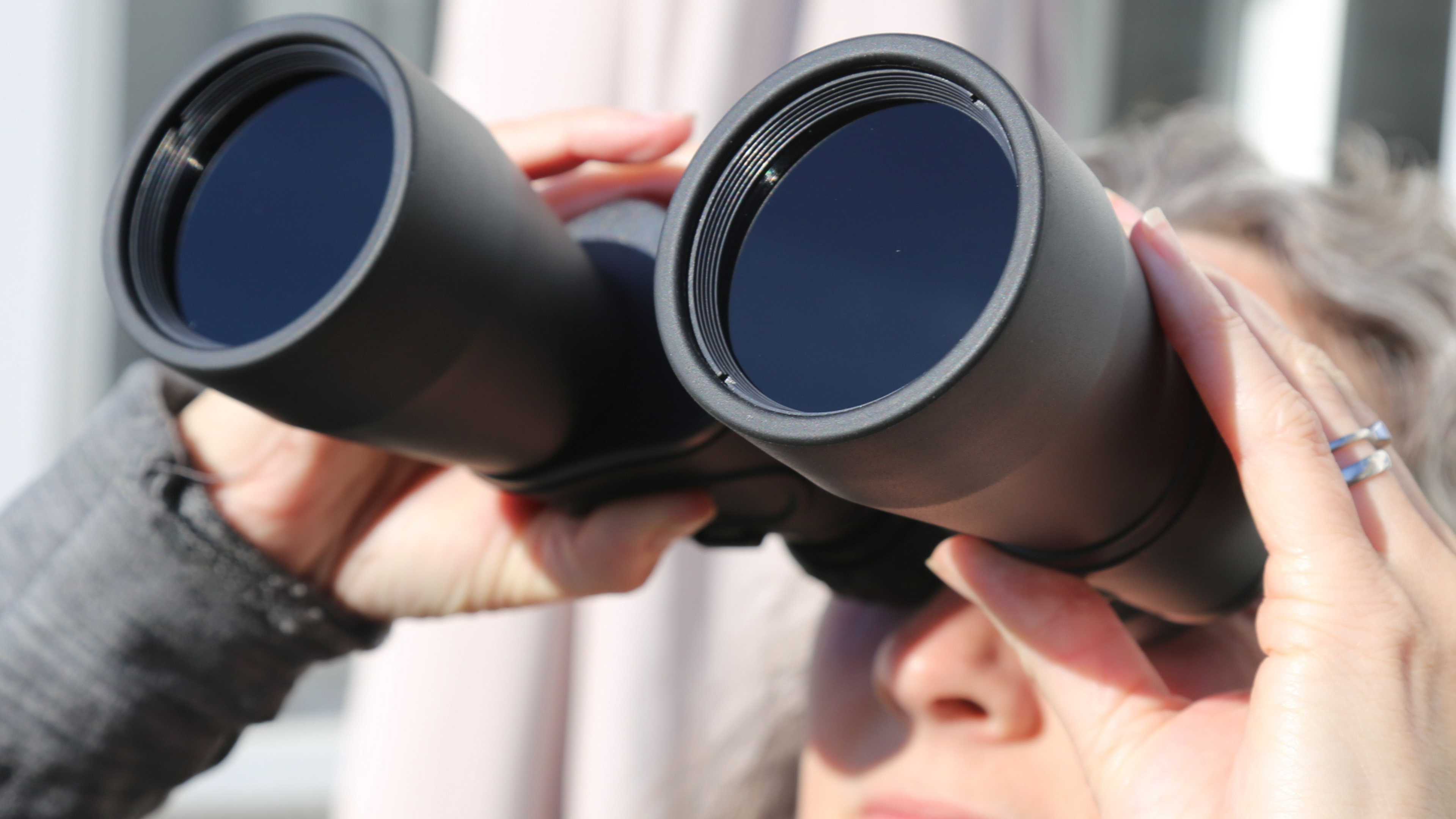
But if you want a closer view of the spectacle, and don't have a camera with a telephoto lens, you can get pairs of special solar binoculars - here are deals on some of the options we have tested:
Check out our photographers' guide to the 2024 Great American Eclipse,
and here are some of the most interesting places to view the eclipse from.
Get the Digital Camera World Newsletter
The best camera deals, reviews, product advice, and unmissable photography news, direct to your inbox!
Chris George has worked on Digital Camera World since its launch in 2017. He has been writing about photography, mobile phones, video making and technology for over 30 years – and has edited numerous magazines including PhotoPlus, N-Photo, Digital Camera, Video Camera, and Professional Photography.
His first serious camera was the iconic Olympus OM10, with which he won the title of Young Photographer of the Year - long before the advent of autofocus and memory cards. Today he uses a Nikon D800, a Fujifilm X-T1, a Sony A7, and his iPhone 15 Pro Max.
He has written about technology for countless publications and websites including The Sunday Times Magazine, The Daily Telegraph, Dorling Kindersley, What Cellphone, T3 and Techradar.
